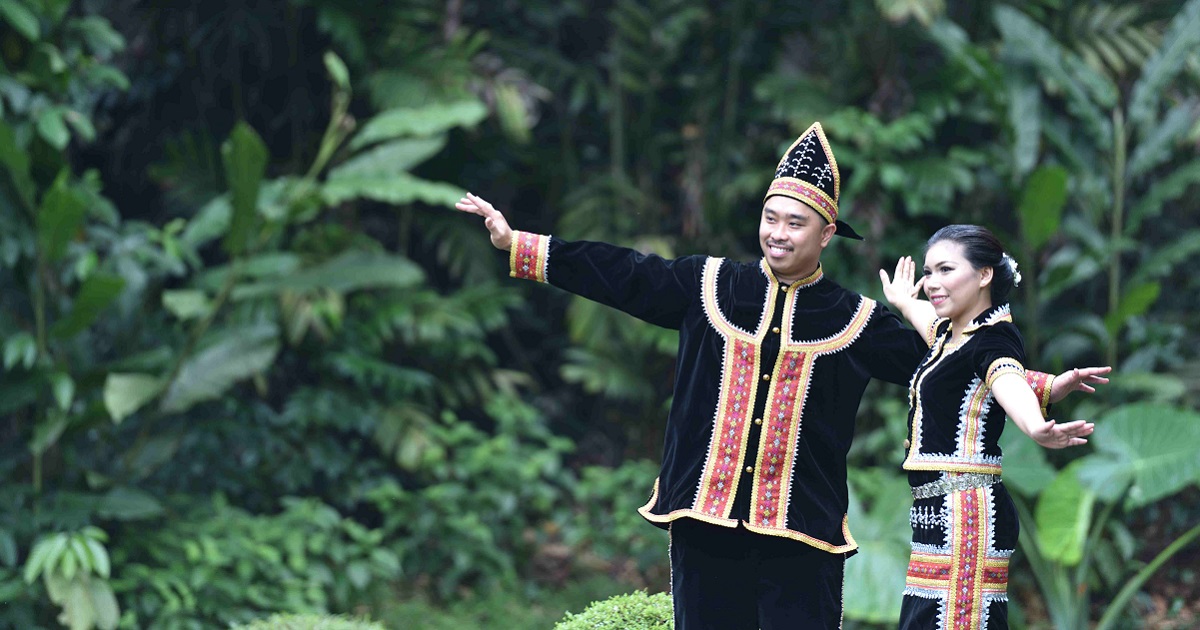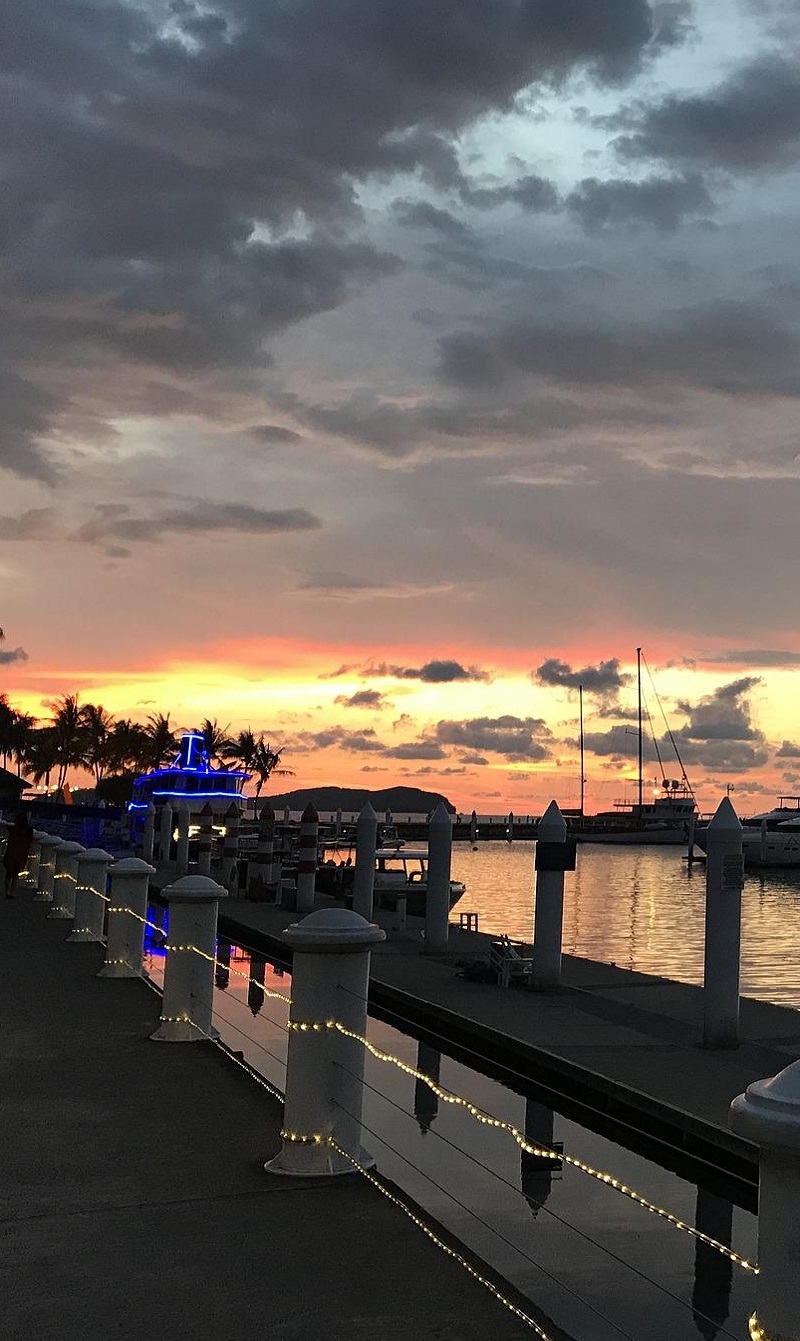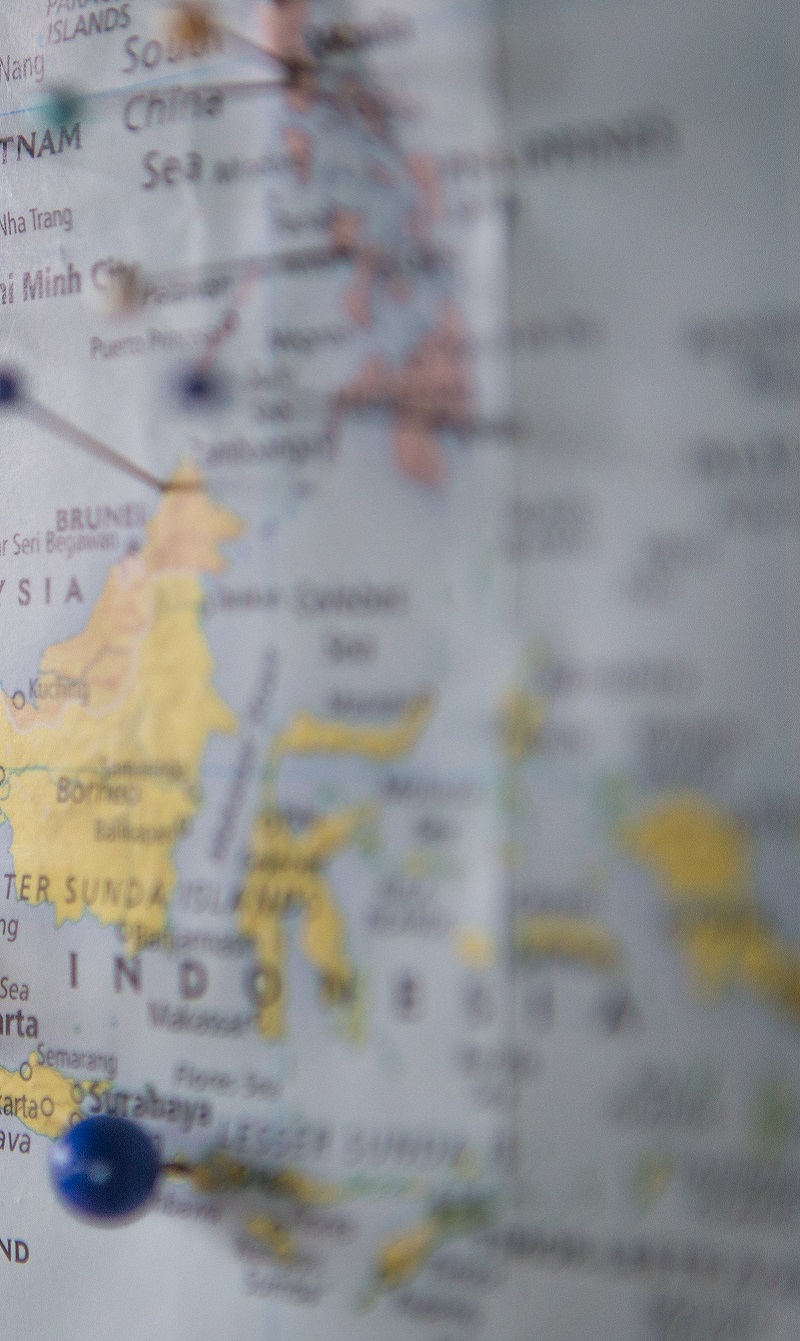Sabah: People, Planet, Profit, Potential
Sabah Economic Development and Investment Authority has the hard task of promoting the benefits of the state, encourage investment and promote as well as accelerate the development of the Sabah Development Corridor as a leading economic region and a choice destination for investment, work, living. SEDIA further ensures that social and sustainable development are kept as priorities in the region alongside growth suggestive of a triple bottom line.
British management consultant and sustainability thought leader, John Elkington, first proposed the triple bottom line (TBL) framework in 1994. The framework posts that businesses, organisations, etc. focus on bottom line concerns beyond returns, rather, the focus should be on all three – people, planet and profit. The idea speaks to management in a way that not only earns financial profits but also improves people’s lives and the planet.
In a rapidly changing world marked by the 4IR, climate change and their respective socio-economic impacts, the highlighted concerns of the TBL have become all the more relevant. Sabah serves as a case in point. It can prove difficult for companies, and, indeed, regions to navigate between priorities that are seemingly diverse – maximising financial returns while also doing the greatest good for society and the environment, requires a fine balance. The thinking informs plans for Sabah, and creates a unique opportunity for stakeholders and residents alike.
The Sabah Development Corridor (SDC), was launched on 29 January 2008 to enhance the quality of life of the people by accelerating the growth of Sabah’s economy, promoting regional balance and bridging the rural-urban divide while ensuring sustainable management of the state’s resources. SDC programmes are underpinned by the three key principles set to guide development in Sabah, namely, capture higher value economic activities, promote balanced economic growth with distribution and ensure sustainable growth via environmental conservation, such as profit, people and planet.
Profit
Some have argued that the adoption of specific planning for East Malaysia is needed given the region’s unique social and economic experience. Four five-year termed Malaysian development plans have been implemented since the formation of the Malaysian federation in 1963. The First Malaysian Plan spanning 1966 to 1970 was the first to integrate the Sabah region where before it was subject to separate plans.
The SDC development programme is a joint initiative by both the Federal and Sabah State governments, introduced during the Ninth Malaysian Plan, Malaysia’s Master Plan for National Development during the period 2006 to 2010. It offers attractive incentive packages for businesses across various industries as a means to encourage further development and transform Sabah into a flourishing investment hub.
The socio-economic evolution in progress can be closely linked to the availability of statistics on the region. The Sabah Department of Statistics Malaysia (DOSM) reported an 8.2 per cent growth in 2017 compared to 4.7 per cent the previous year, arguably due to government initiatives. Should SDC initiatives continue to meet their targets, Sabah is said to emerge as a leading economic state. Similarly, Kota Kinabalu, the capital state of Sabah, has the potential to be transformed into one of Asia’s leading cities and a hub for global talent.
Aside from immense tourism potential that is already functioning, the region’s agriculture, forestry and petroleum industries have laid a firm economic foundation for new business development and contribute to investment appeal. The Sabah State Government has placed great importance on agricultural development by offering incentives to encourage investments in upstream and downstream processing, crops and livestock farming and aquaculture.
People
According to TBL theory, the people factor measures how socially responsible an organisation has been throughout its operations. A national transformation agenda started decades ago, plotting a journey from independence to a developed Malaysia by 2020. Malaysian plans envision a holistic approach for its people. The wellbeing of the Sabah people is inextricably linked to its economic potential. Plans, however, envision a fully developed country along various areas of life – economics, political, social, spiritual, psychological and cultural.
By 2025, the SDC initiative, for example, aims to triple Sabah’s Gross Domestic Product (GDP) per capita and increase its GDP by four times through the implementation of the prioritised programmes. In total, more than 900,000 new jobs are expected to be generated during the SDC implementation period. However, tabling the mid-term review of the 11th Malaysia Plan in the Dewan Rakyat, Tun Dr Mahathir Mohamad, Malaysian Prime Minister, said the government did not view development merely by Malaysia’s GDP growth.
Given its remote location on the island of Borneo, the East Malaysian state has arguably received marginal focus from national authorities in the past. Prime Minister Mahathir said the government wanted to increase the people’s spending power and ensure shared prosperity for all Malaysians across the country. The Minister is quoted as saying, ‘What I’m tabling is for all the rakyat (people) from Perlis to Sabah. It’s for Malays, Chinese, Indians, Iban, Kadazan, Murut, orang asli and all other ethnic groups seeking shelter under the Malaysian sky. We want a united Malaysia. We want Malaysians to succeed and enjoy the nation’s wealth.’
Measures tabled with the 11th Malaysia Plan include more inclusive development, education, training and entrepreneurship opportunities be given to natives of Sabah and Sarawak. A key thrust of Malaysian plans includes addressing persistent socioeconomic inequalities constructively and productively by eradicating poverty, reducing income disparity, reducing employment disparity, reducing asset and wealth disparity, bridging the digital divide and more particularly in Sabah’s case, reducing regional disparity.
Planet
Sabah’s tourism appeal is driven by beautiful landscapes and biodiversity that abound the natural environment marked by forest reserves that occupy about half of the region’s landmass. Both land and marine parks feature a diverse array of plant and animal species from sprawling coral reefs to endangered species like the Bornean orangutan only found in forest areas on the island of Borneo. Active environmental action is vital to ensure preservation and sustainability.
The industrial need for timber coupled with clearing to make way for palm oil plantations has led to the depletion of forests most forests outside of conservation areas. Decades of indiscriminate logging have marked the thriving palm oil export in the region. Sabah produces an estimated seven per cent of the world’s palm oil supply making it a lucrative enterprise. The vanishing habitat of orangutans primarily due to deforestation has already made global news. The practice further affects native sun bears, clouded leopards, gibbons and proboscis monkeys.
Increased awareness has curbed destructive practices. Awareness campaigns and supported initiatives have led to a number of multinational corporations committing to zero-deforestation pledges with a visible decline in the rate of forest clearing. Positive inroads are being made with development plans actively pursuing environmental consideration and associated measures. Ensuring a pristine and well-conserved environment that is world renowned forms part of the SDC’s vision and mission.
The triple bottom line considers financial, social, and environmental measures over time, suggesting a relevant view of the era and context the region of Sabah finds itself in. The region’s location and diversity coupled with the nature of development plans suggest a sustainable investment opportunity for local and international stakeholders alike.
Join the WIEF Roundtable in Kota Kinabalu on 12 Mar 2020 where a session on the investment potential in Sabah will be discussed. To register and more on the programme, here.
Main photo by Jedikanie Jasnie on Unsplash.



